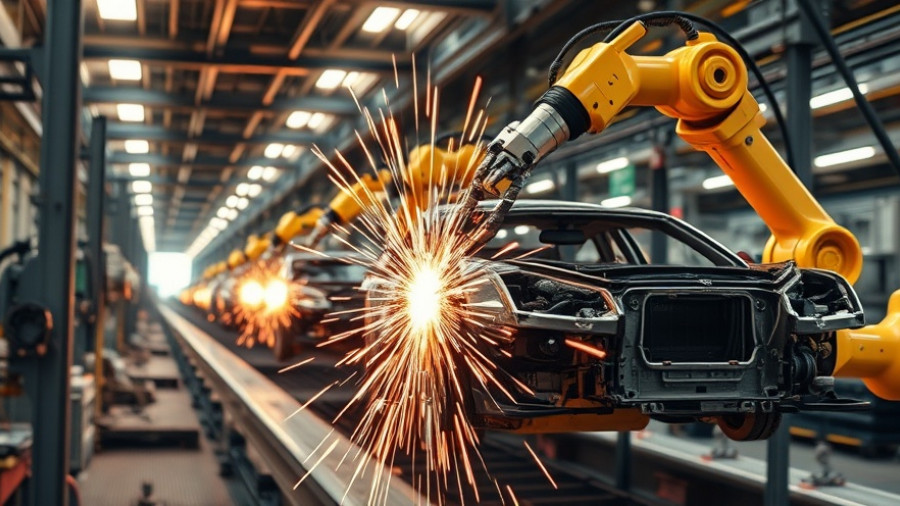
Yelp’s AI Solutions: The Future of Customer Engagement
In an era where customer service excellence hinges on quick response times, Yelp's latest AI-powered innovations, Yelp Host and Yelp Receptionist, promise to transform how restaurants and local businesses manage incoming queries and reservations. With these tools, AI not only addresses common customer inquiries but also enhances overall customer experiences by streamlining operations.
Streamlining Business Operations
As customer interests evolve, many businesses find themselves understaffed and unable to manage reservations effectively. This results in lost revenue from missed calls. Yelp's Host and Receptionist tools are designed to tackle this very challenge. For a starting fee of $149 per month for restaurants, and $99 for eligible businesses, these AI agents begin working immediately, equipped with Yelp’s extensive business data and customizable features that reflect brand identity. This ensures that every interaction feels personalized and professional, not robotic.
The Power of AI in Hospitality
Yelp's Host AI goes beyond simply answering calls. It can take reservations, provide real-time wait times, and even manage special requests from customers. Imagine a diner calling a busy restaurant during peak hours and seamlessly booking a table through an AI capable of answering complex inquiries, such as whether vegan options or outdoor seating is available. This functionality empowers restaurant staff to focus on in-person service without sacrificing customer interaction.
Data-Driven Insights for Future Enhancements
The combination of large language models with Yelp's proprietary voice technology offers not just a smoother customer experience, but the potential for significant business insights. As more businesses sign on to these AI solutions, Yelp can gather meaningful data that could inform further service improvements. For developers and engineers in the tech space, this data could signify vast opportunities for creating complementary software tools or enhancing existing platforms.
Paving the Way for AI-Driven Markets
Yelp's strides in AI indicate a growing trend where businesses increasingly leverage technology to manage customer interactions more efficiently. This trend reflects the larger shift in the industry, with other tech giants, such as Google, exploring similar AI-based solutions for service industries.
The Last Word on AI Integration
As consumers continue to demand more efficient service, technological innovations like Yelp’s Host and Receptionist AI are likely to become essential tools for businesses. By investing in AI, companies not only enhance customer satisfaction but also increase their operational capacity in a competitive market.
 Add Row
Add Row  Add
Add 




Write A Comment